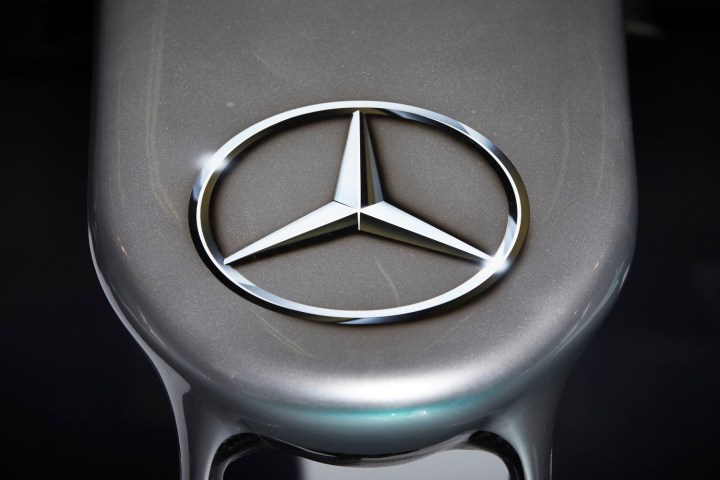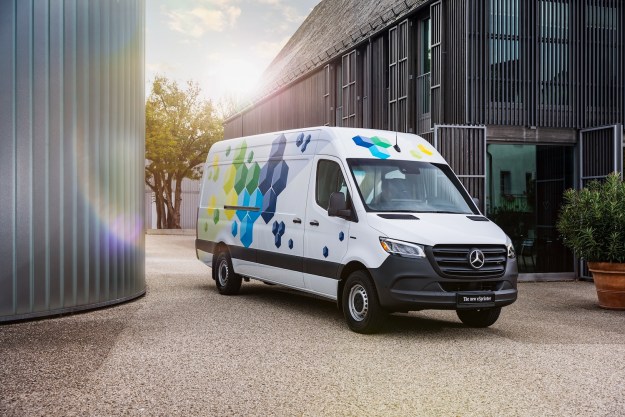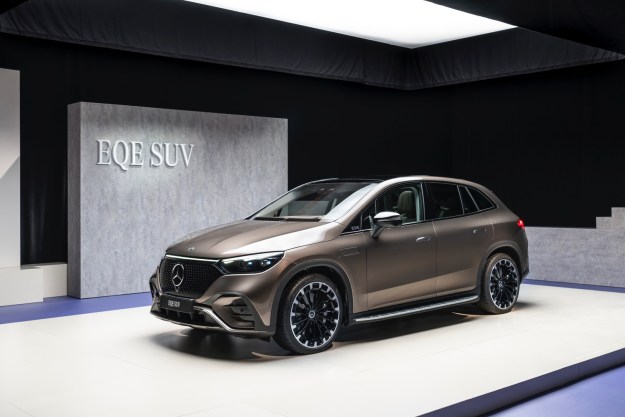
On the eve of the start of Formula E’s third season, which kicks off in Hong Kong this weekend, more carmakers are signed up for the series than ever. The latest is Mercedes-Benz, which announced yesterday that it would take an option to join Formula E for the 2018-2019 season. If Mercedes follows through, it will be one of two new teams, bringing the total number to 12.
“Electrification will play a major role in the future of the automotive industry — racing has always been a technology R&D platform for the motor industry, and this will make Formula E very relevant in the future,” Mercedes-Benz Motorsport boss Toto Wolff said in a statement. Mercedes plans to launch multiple electric cars over the next few years, starting with a production SUV based on the Generation EQ concept unveiled at last week’s 2016 Paris Motor Show.
Read more: Jaguar’s I-Type 1 Formula E car is ready for the grid
Some technology transfer between Formula E and these production vehicles might be possible, but it’s likely the series will be most valuable as a promotional tool for Mercedes’ electric-car efforts. A racing connection makes everything cooler, after all. Mercedes is also dominating Formula One right now, and might be looking to trounce its rivals in another arena.
Along with Mercedes, BMW has expressed interest in joining Formula E in 2018. Audi, DS, Mahindra, Renault, Venturi, and startup NextEV are all currently involved in the series to some extent, and Jaguar and Faraday Future are new entries this season. Audi has said it will increase its involvement in Formula E significantly over the next few seasons.
This increased interest from automakers likely reflects increased interest in electric cars overall, but it will also become more meaningful over the next few seasons. That’s because Formula E is expected to loosen restrictions on car design. Teams are currently allowed to design their own powertrains, but must use identical chassis.
Editors' Recommendations
- Mercedes-Benz EQG: range, price, release date, and more
- Mercedes’ electric eSprinter isn’t just greener, it’s better
- Mercedes-AMG EQE SUV first drive review: a better electric SUV
- Mercedes-Benz brings ChatGPT voice control to its cars
- Mercedes-Benz Vision One-Eleven concept looks to the past for inspiration


